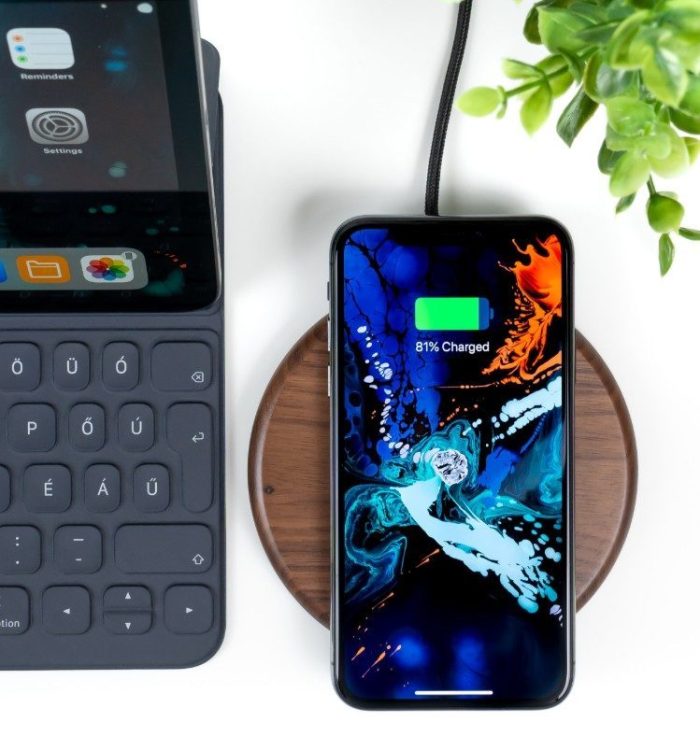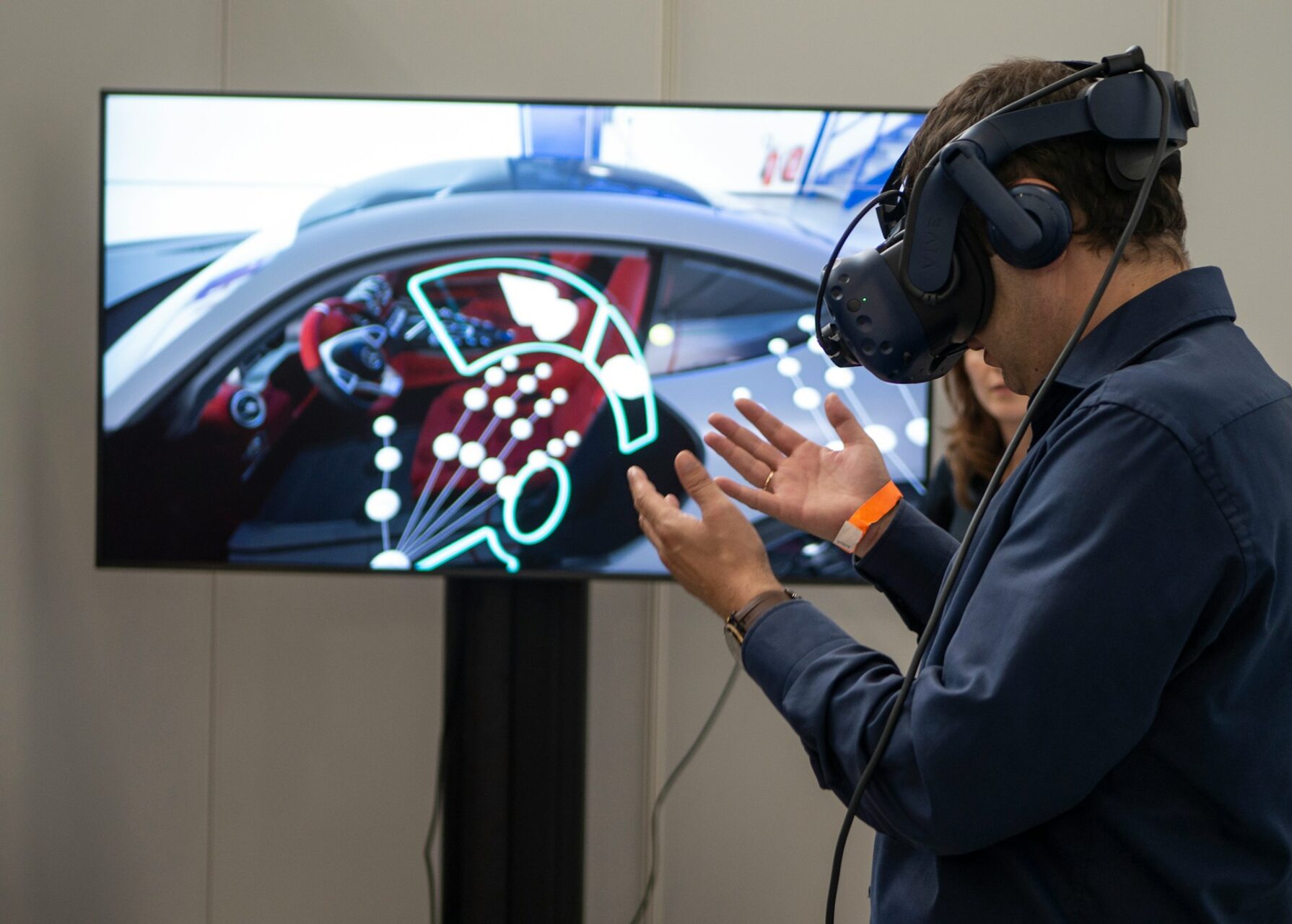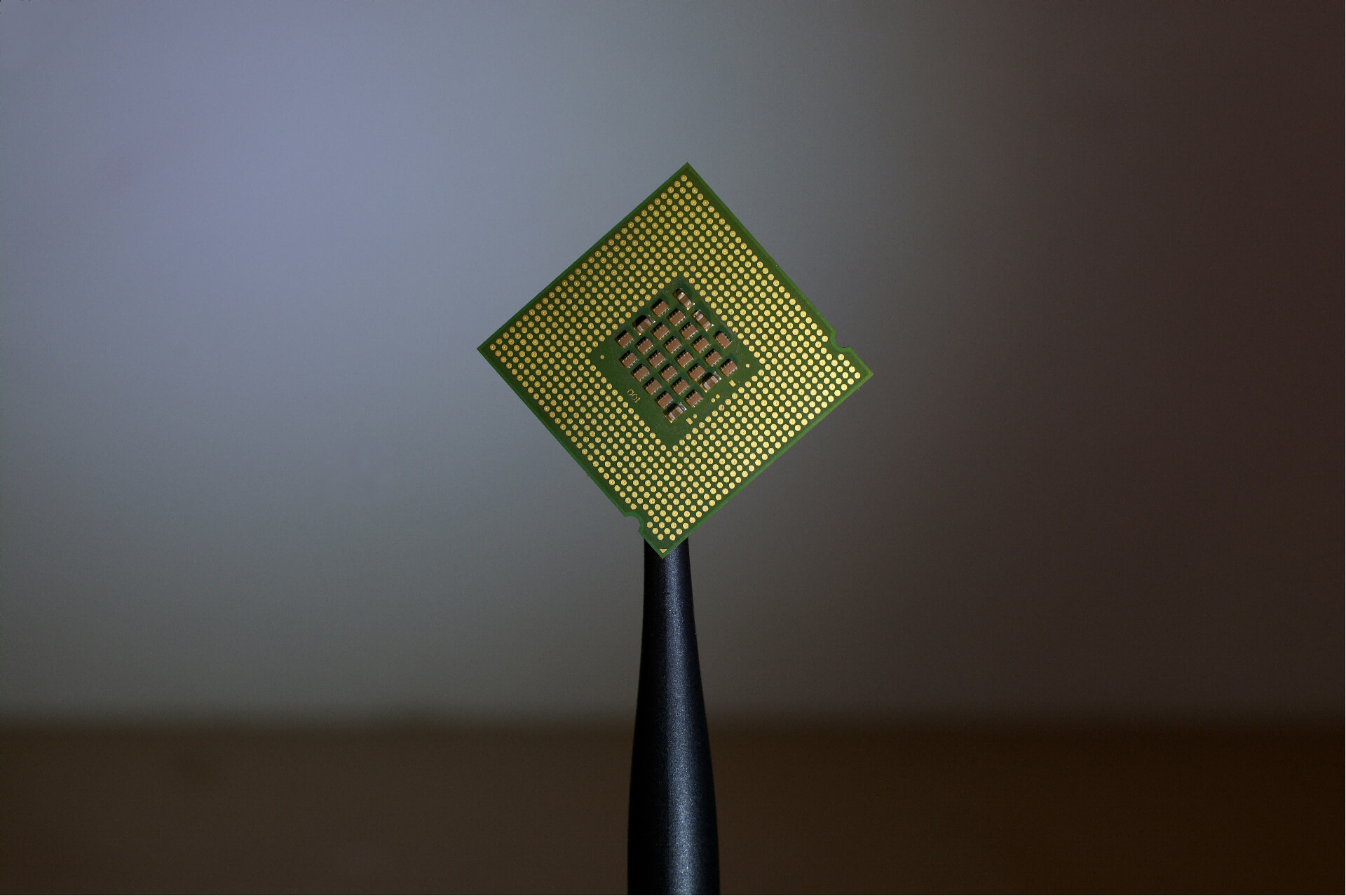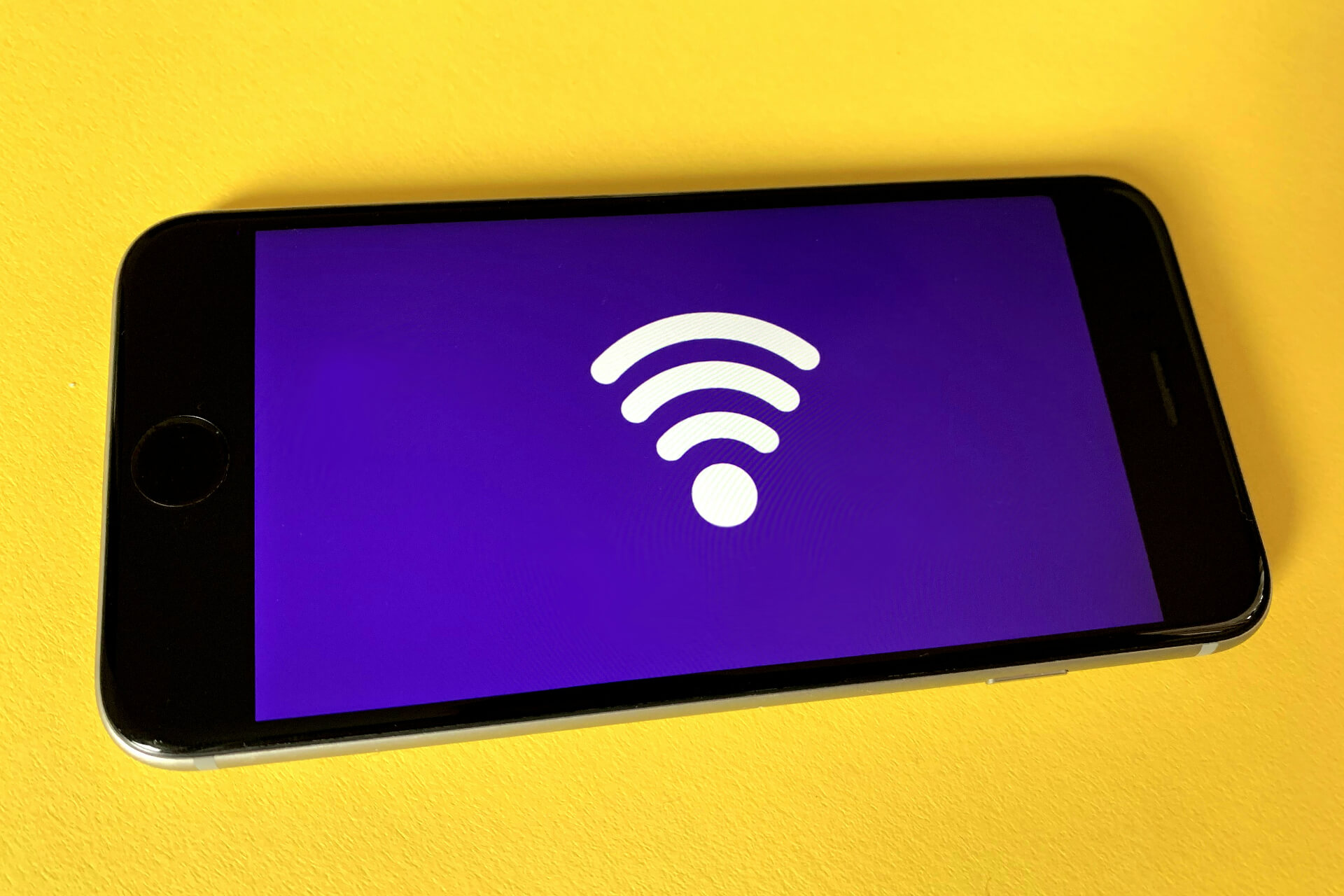
What Is Wireless Power Transfer and Why Is It Important?
April 14, 2020 - Emily Newton
Revolutionized is reader-supported. When you buy through links on our site, we may earn an affiliate commission. Learn more here.
As modern technology progresses, new developments come in all different shapes and sizes. One of those innovations is wireless power transfer. This advancement is the next step from regular charging that requires a wire. As the market for wireless power takes off, so does its vitality. This area of wirelessness comes with certain pros and cons, as well. With reach and practicality, experts believe wireless power transfer will continue changing the tech world. Others agree, but state that it must overcome obstacles like security and interference before reaching its full potential. Regardless, this kind of technology is groundbreaking, and it’s just getting started.
Wireless Power Transfer
The first question to unpack is what this concept is. Wireless power transfer is the transmission of electrical energy that comes from a power source and arrives at an electrical device — and it does so without a cord. Everyday things that use this technology include microwaves, solar panels and wireless chargers. These sources use the principle of inductive power to create wireless transmission, which starts with two coils.
First, there is the transmitter. Then, there is the receiver. These components are both two coils within the different technology which act similarly to inductors. The charger converts the main voltage into an alternating current, which should be high-frequency for best performance. Then, it transfers the current to the transmitter coil and produces a magnetic field. The receiver coil in the device picks up that magnetic field through a process called resonance, which amplifies the current.
When the coils resonate at the same frequency, they increase the capacity for more energy transfer. With enough resonance, they can operate without physical contact. This process is wireless charging power transfer.
Why This Technology Is Important
Wireless charging is becoming one of many emerging technologies that disrupt the status quo in favor of more efficient operations. As a result, it will overtake regular charging that requires a wire. You can bet this shift will most likely happen within the next decade.
Wireless charging is important because of its versatility and applications. From cars to watches to phones, this form of charging affects all devices. Now standard for some phones, the demand will only continue to grow. It provides more accessibility, as well, since households and businesses can incorporate this charging into their tables or other objects and not worry about the cords that come with it.
As this technology becomes widespread, it will pave the way for new tech in the future. Right now, wireless charging is groundbreaking, but it will eventually lead to updates and improvements society has never seen before.
The Advantages
Several benefits come with wireless power transfer. The progression of society into a more technological future is one of them. However, other areas of improvement include manufacturing, practicality and maintenance.
First, without a wire, production necessities will decrease. People will have less need for cords, which will help declutter. Going wireless entails a better-sealed device that can prevent damage. People will also spend less on replacing wires — a chore everyone is all too familiar with.
Integration will also improve how society uses wireless charging. Cars are working toward wireless charging as the demand for sustainability increases. Certain restaurants or coffee shops already offer this form of power transfer for phones right from the table or bar.
Wireless charging allows better reach from the transmitter to the receiver, so charging and using a device will be easy. Still, while it does provide high-speed charging, it’s slower than wired charging. Experts predict the technology will outpace wired charging in the future, however.
The Disadvantages
If wireless charging is to become disruptive, it will need to overcome some disadvantages first. They range from initial investment to security issues. Right now, the initial cost of wireless charging is high. It will deter people from buying since wired charging is cheaper. This price will likely drop as wireless charging becomes more widespread, but for now, it remains costly.
Interference and long-distance prove to be another impediment. Some wireless charging requires that the device is on a pad or station to work. With others, the farther away the gadget is, the less the charging works. Potential interference from other wireless power transfer devices may get in the way as well.
Though experts believe wireless charging has similar levels of radiation as regular methods, people will need to know that it’s okay, as many are afraid of radiation. Security could be a problem, too. Any form of wireless transfer makes devices susceptible to security breaches.
Real-Life Examples of Wireless Power Transfer
Despite the cons, people love wireless charging, especially with phones and wearables. This technology also affects the medical industry and warehousing. Medical implants, like pacemakers, can use wireless charging just like a watch. Industry workers can use it for sensors in warehouses to keep up maintenance and security.
Elsewhere, Starbucks and IKEA are examples of where wireless charging is a hit. Tables in specific Starbucks locations provide wireless charging, and IKEA customers can find furniture with built-in wireless charging capabilities. Wireless power transfer is only going to grow. For now, sit back, relax and charge your phone wirelessly.
Revolutionized is reader-supported. When you buy through links on our site, we may earn an affiliate commission. Learn more here.
Author
Emily Newton
Emily Newton is a technology and industrial journalist and the Editor in Chief of Revolutionized. She manages the sites publishing schedule, SEO optimization and content strategy. Emily enjoys writing and researching articles about how technology is changing every industry. When she isn't working, Emily enjoys playing video games or curling up with a good book.







